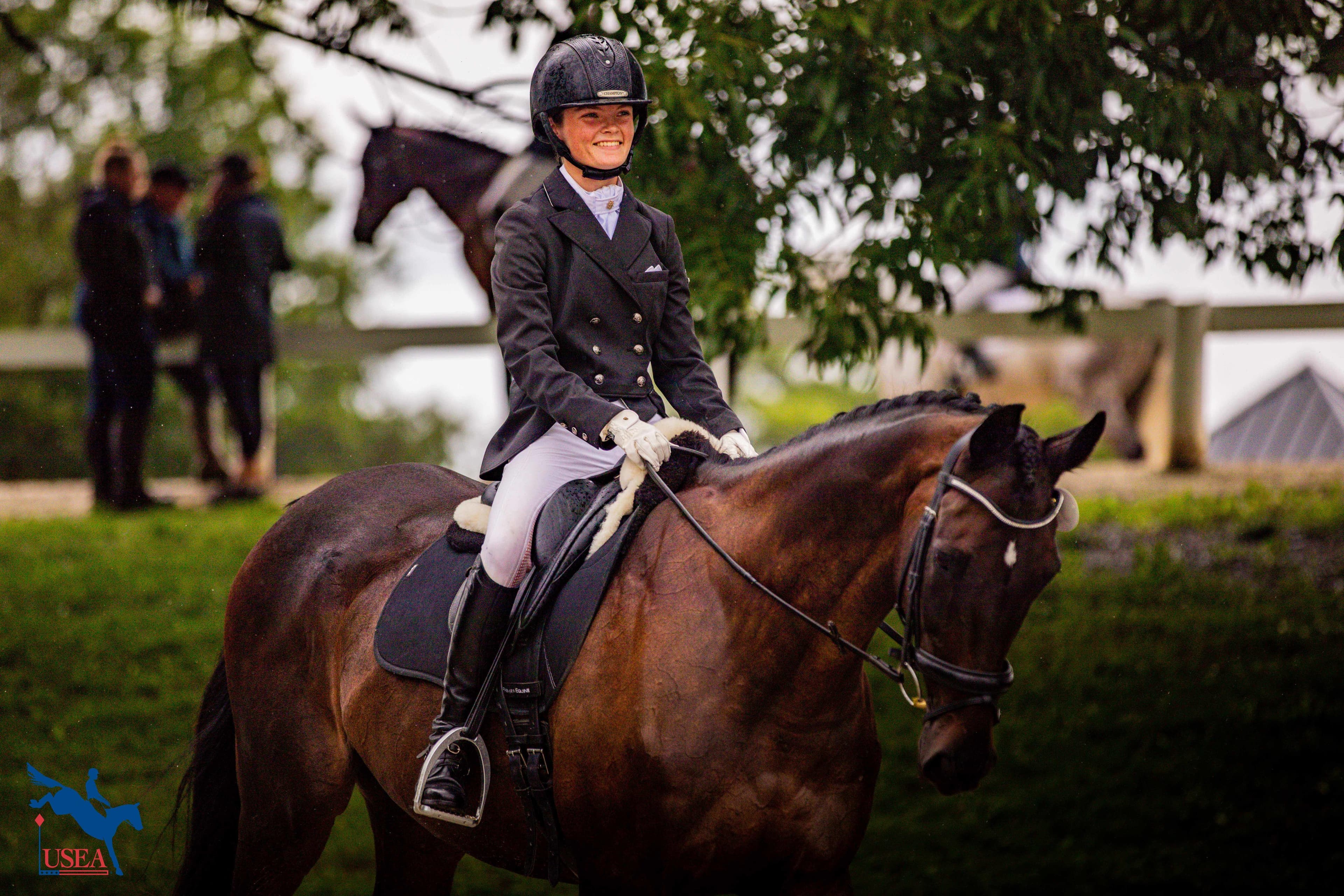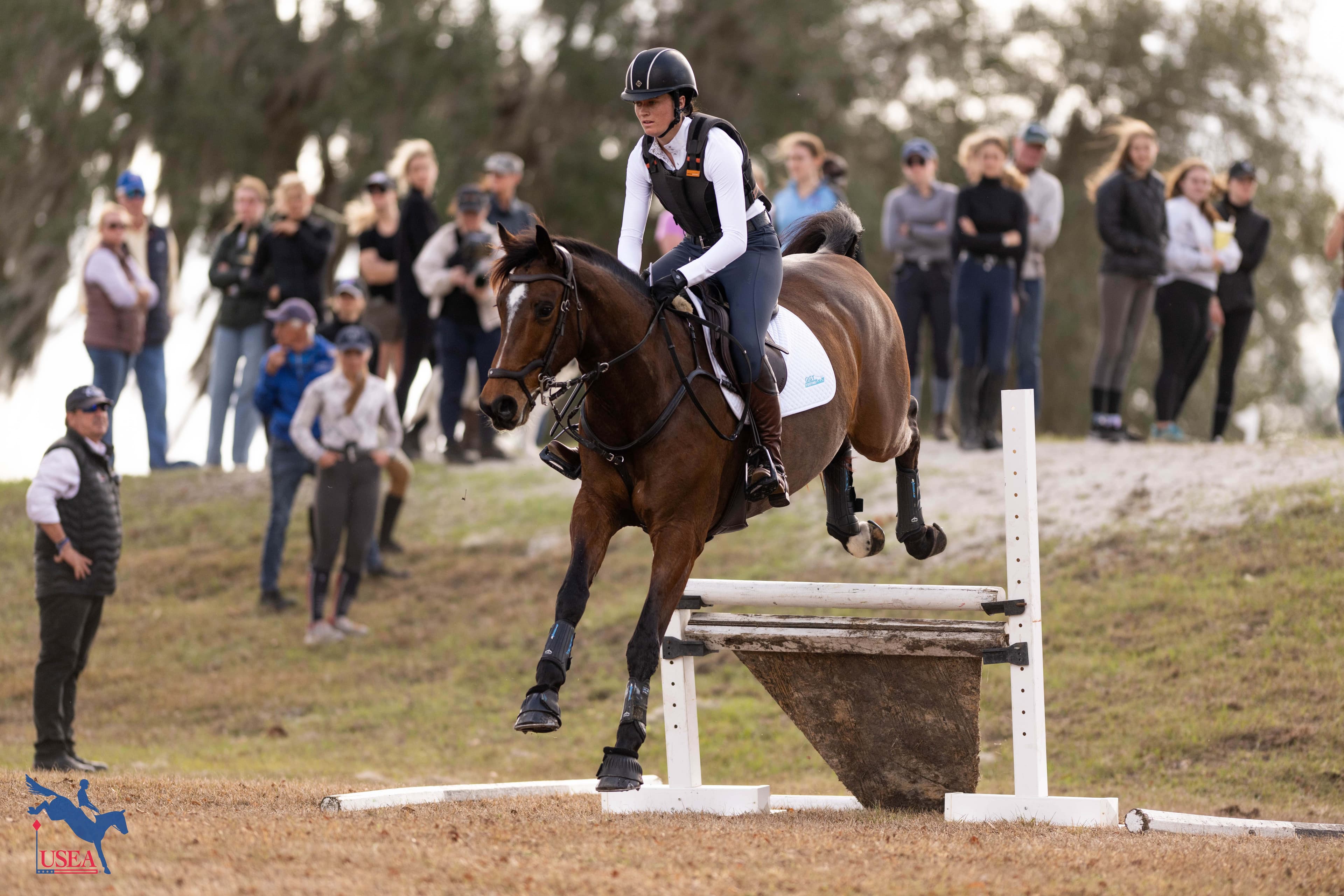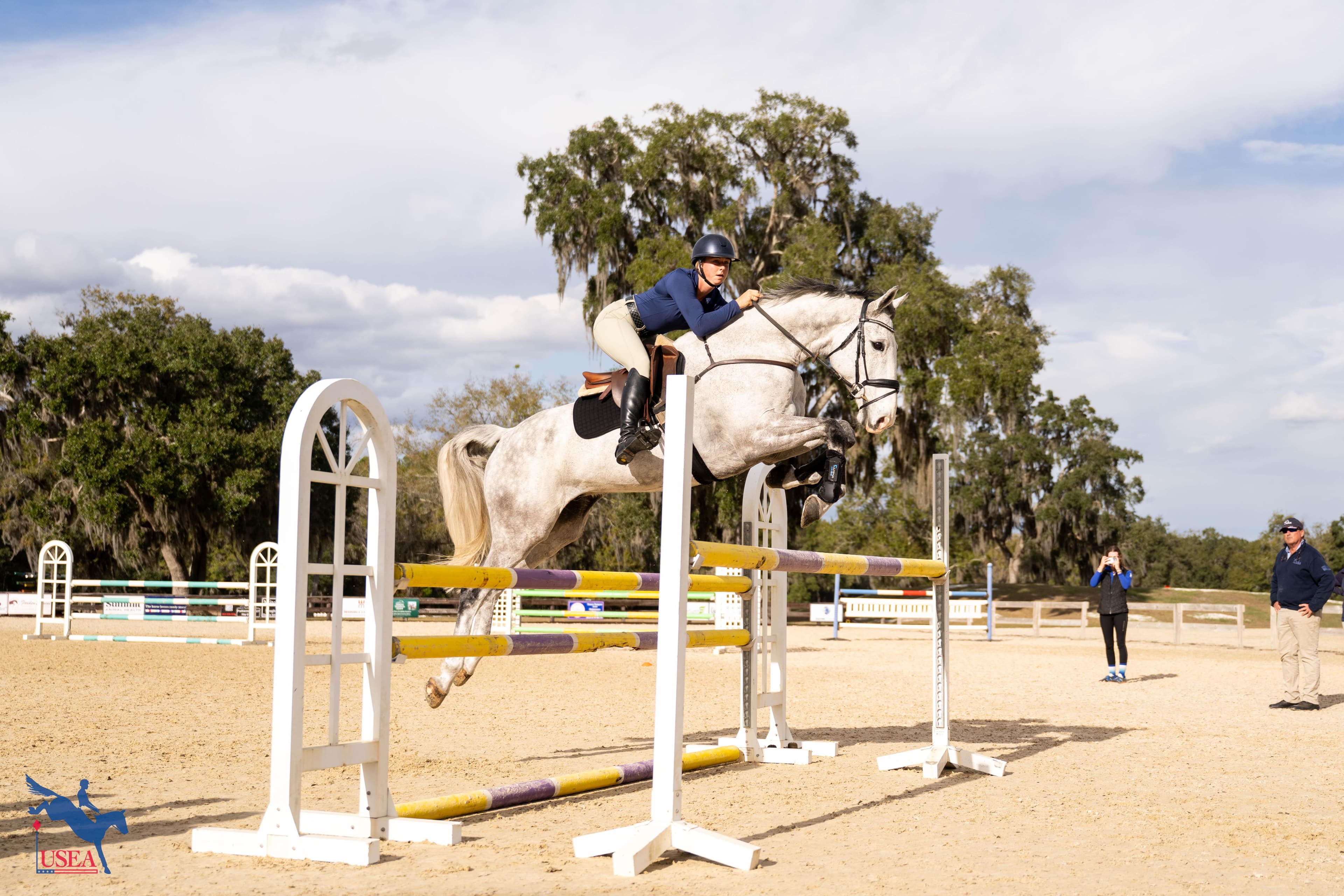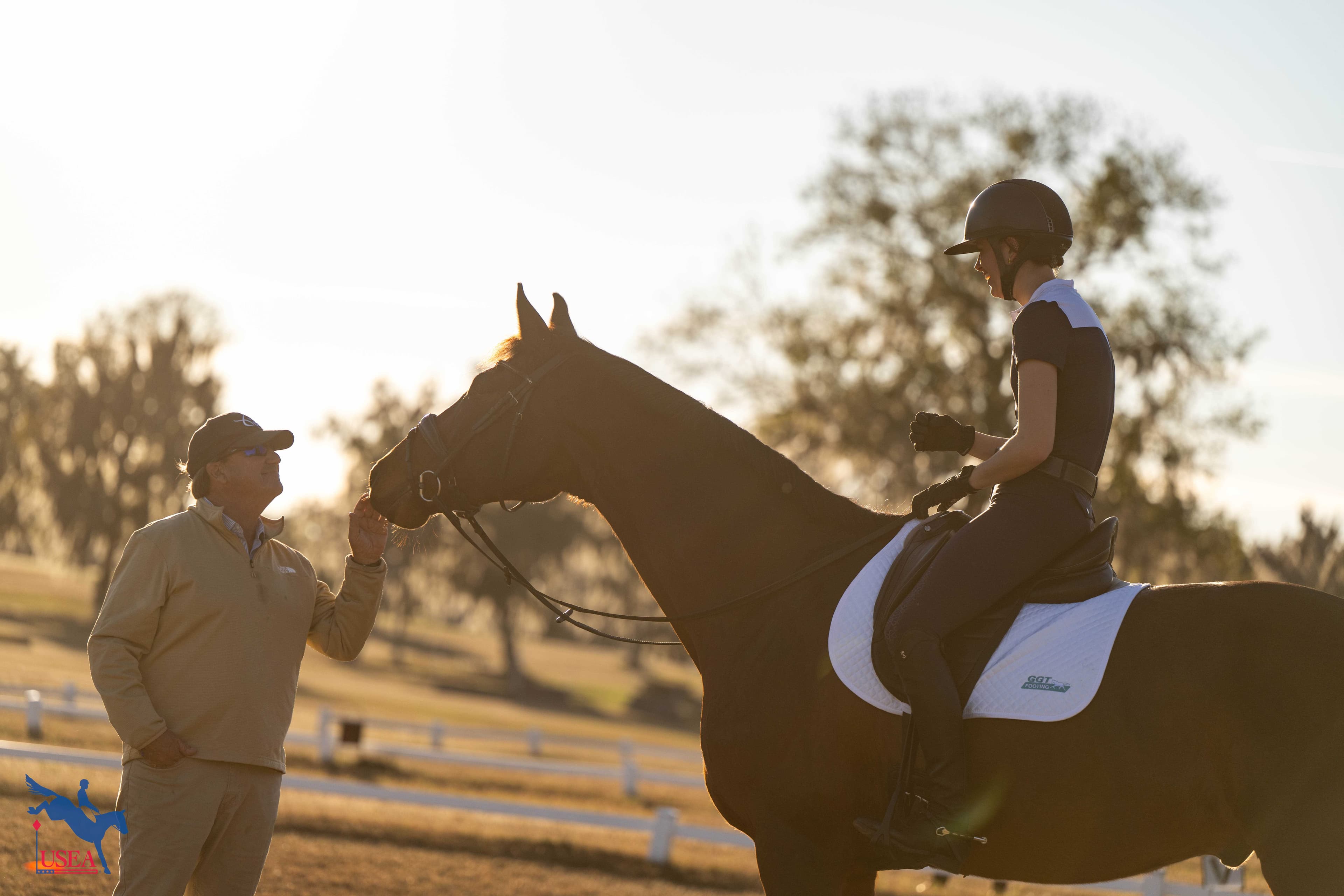10 Tips to Ace Your Dressage Test with Marilyn Payne

Marilyn Payne is one of the most experienced and respected ground jury members in eventing. She has adjudicated at every top event in the world, including two Olympic Games. Here are her top tips on how to impress the dressage judges - at any level.
1) I always tell my students that they need to ride in the test exactly like they do in the warm-up or at home. Many people freeze when they enter the ring and are afraid to do anything or to make a correction. Pretending everything is fine doesn’t do any good. Even if you make a mistake in one movement, correcting and ensuring the horse responds means that the following movements will be better.
2) Set out with a positive attitude and expression: “Watch out, judge, here I come!” The same applies to the end of the test. Even if your test hasn’t gone well, looking miserable won’t help. Avoid getting visibly frustrated. Stay positive and remember that the collective marks are awarded after you have finished; if you smile, pat your horse at the end, and make it look like you are happy, subconsciously the judge will think, ‘Well, that wasn’t so bad…” Fake the judge out a bit!
3) Don’t be afraid to make corrections, but don’t make them harshly. Too often riders can’t control themselves, and the horse gets worse. Horses are very sensitive and feel our tension and frustration. Take a deep breath, make a clear, soft correction, and off you go again. Judges appreciate it when riders make corrections and love to give higher scores when the test then keeps improving.
4) Think about your overall presentation. It’s a show - show off your horse’s best qualities. Lots of event horses aren’t fabulous, big movers and never will be, but everyone can train their horses to get high scores for movements such as the halts, center lines, and transitions. Judges are not looking at the quality of the gaits in these movements. School the things you can do well and do them the best you can.
5) So often people don’t properly prepare for transitions; think ahead. Good transitions really make a difference. Not only will it affect the transition’s score but it will also affect the next movement.
6) One movement a lot of riders lose marks for is the walk. In the free walk, you want to get the horse to stretch down, cover ground, and swing through his back. This will only improve the connection and the quality of the gait. Also, too many riders shorten their reins and get tight when they want to go back to medium walk. The only thing that should change in the medium walk is the length of the reins. The quality of the walk and the march remain the same. Don’t overdo it - just walk the walk.
7) Be accurate! Anyone can practice that. Too often you can’t tell the difference between a corner and a 20-meter circle. Be more precise with the size of circles and center lines. Use cones and try to have someone watching; practice riding 10-meter circles in corners. Losing half points for accuracy really adds up.
8) At the end of the test, make sure you halt and stand quietly. A halt should last a minimum of three seconds. It puts polish on the whole test. Also, if you aren’t quite square in the halt, don’t try to correct; moving will only lower the score. If you are very straight the judge cannot tell if you are square or not.
9) Be sure to pick up your tests and read them carefully. Even if you think the judge scored too low, you can definitely learn from the comments. Judges try very hard to give you suggestions to help you improve your ride in the future. They love to see good rides and give high scores, so learn from your test and help make that happen.
10) Keep looking for opportunities to watch tests from the judge's perspective. Try to watch tests from the short side of the arena, sit with judges at clinics or schooling shows, and of course scribe for judges. You will find scribing both eye-opening and very educational. Judges are also very willing to discuss rides with you when they are done for the day.
Hope to see you soon down riding confidently down the centerline!














